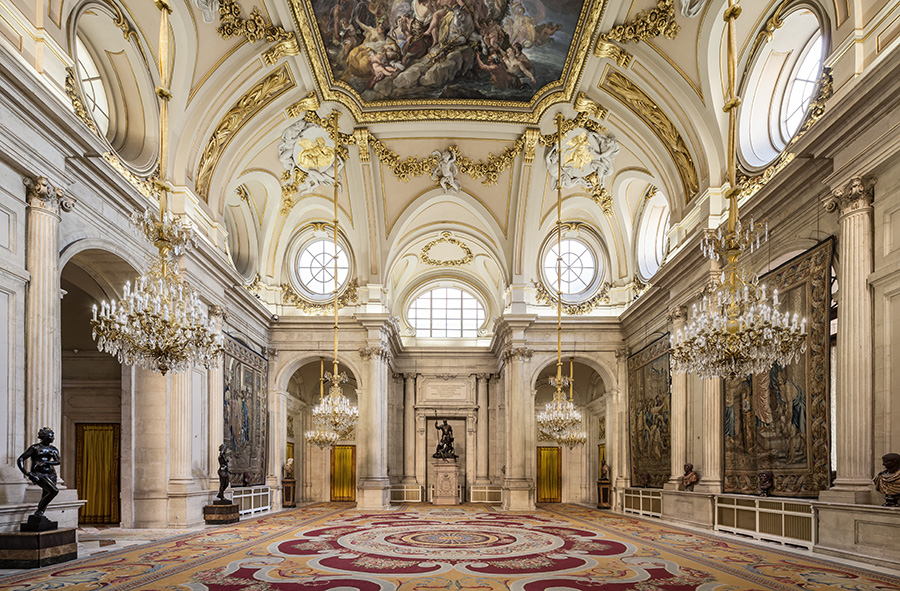Usually, when you say Scotland you immediately think of Highlands or remote islands. Right, nonetheless there’re other areas maybe less famous but which well deserve a visit as they’re full of history and stunning sceneries. The Scottish Borders are a perfect example. They stretch between Edinburgh and Northumberland, along the River Tweed which marks the border with England. Besides that, together with Dumfries & Galloway this part of Scotland is also known as the Southern Uplands.
The Borders offer varied landscapes from west to east such as gentle valleys, moors and the beautiful coastline overlooking the North Sea. Besides that, due to the proximity to the border with England, they’re steeped in history with plenty of monuments, historical houses and ruined buildings.
What to see in the Scottish Borders in 4 days
The itinerary I recommend you features traditional villages and towns where to go for visiting the famous Abbeys and other places related to some of Scotland’s most important figures.
Like for every previous trip, I travelled just by bus or train as the Borders are easily reachable from Edinburgh. If you decide to stay longer – as I did – Galashiels could be the perfect base for exploring the region. It’s the largest settlement in the area and daily services to Melrose, Jedburgh, Kelso, Peebles and of course Edinburgh depart from the bus terminal.
In my case I stayed at Craigielea B&B, ideally located within a few minutes walk from the bus stops and the station. Ann is the owner, she was very welcoming and gave to me a lot of information about the area and suggestions on where to eat in town.
Having said that, this the list with my 5 suggested places to visit in the Borders.
5 places to see in the Scottish Borders – 1. Abbotsford House
Abbotsford House, the home of Sir Walter Scott, stands near Tweedbank, a little village located a couple of miles from Galashiels. Surrounded by meadows and native woodlands and sat along the banks of River Tweed, the Scottish poet lived and died here. It was himself to develop the landscape around the house, indeed he started planting trees even before the purchase of the estate in 1811. So this was the perfect place for Scott to find inspiration for writing several historical novels such as Waverley.
The name – Abbotsford – derives from the ford which was used by the abbots of the nearby Melrose Abbey to cross the Tweed.
The building is a magnificent example of Scottish baronial style and it used to be a “model” for the construction of other historical palaces in the region. Many architects, craftsmen, designers and friends were involved, included David Ramsay who later redecorated Holyrood Palace in Edinburgh for Queen Victoria.
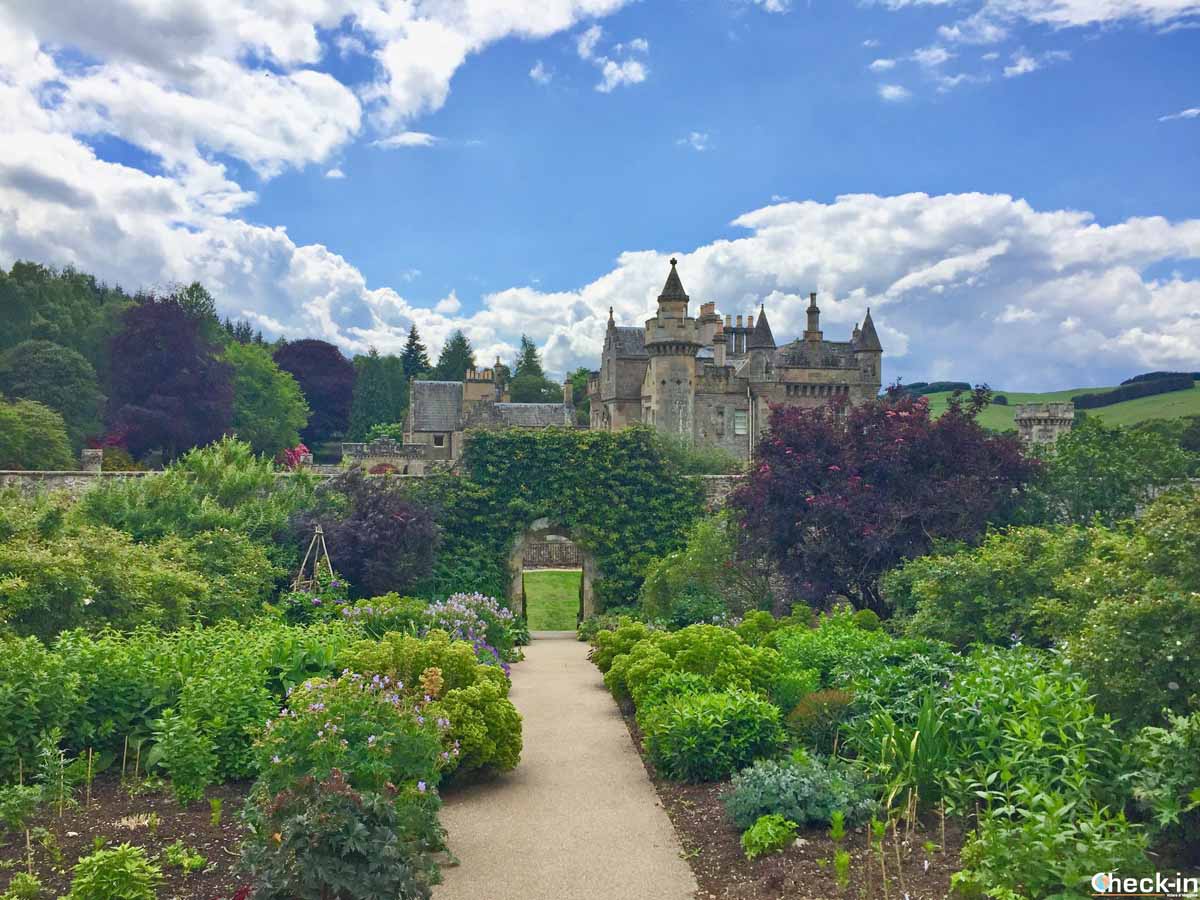
Unfortunately, the UK economic crisis of 1825 also had serious consequences on Scott’s financial situation so suddenly he found himself deep in debt so that he was forced to mortgage his house after having lived there for just one year. Also for this reason Abbotsford House was open to pubblic already in 1833, only five months after the death of the novelist. His family continued to live in a separate wing of the building until 2004.
The visit of the house lasts around one hour and you can see all the memorabilia collected by Scott during his trips across Scotland.
For example, in the Entrance Hall are shown some carved oak panels from Dunfermline Abbey, while the coasts of arms and shields on the walls belong to some families from the Borders that are also relatives of the Scottish writer. The Scott’s Study was the last room to be completed and here is where he wrote his later novels and the biography “The life of Napoleon Buonaparte” in 1827. Another personal highlight is the Library, entirely designed by Scott and since then nothing has been changed. The collection includes books bought by himself, inherited and received as a gift by important people from all over the world.
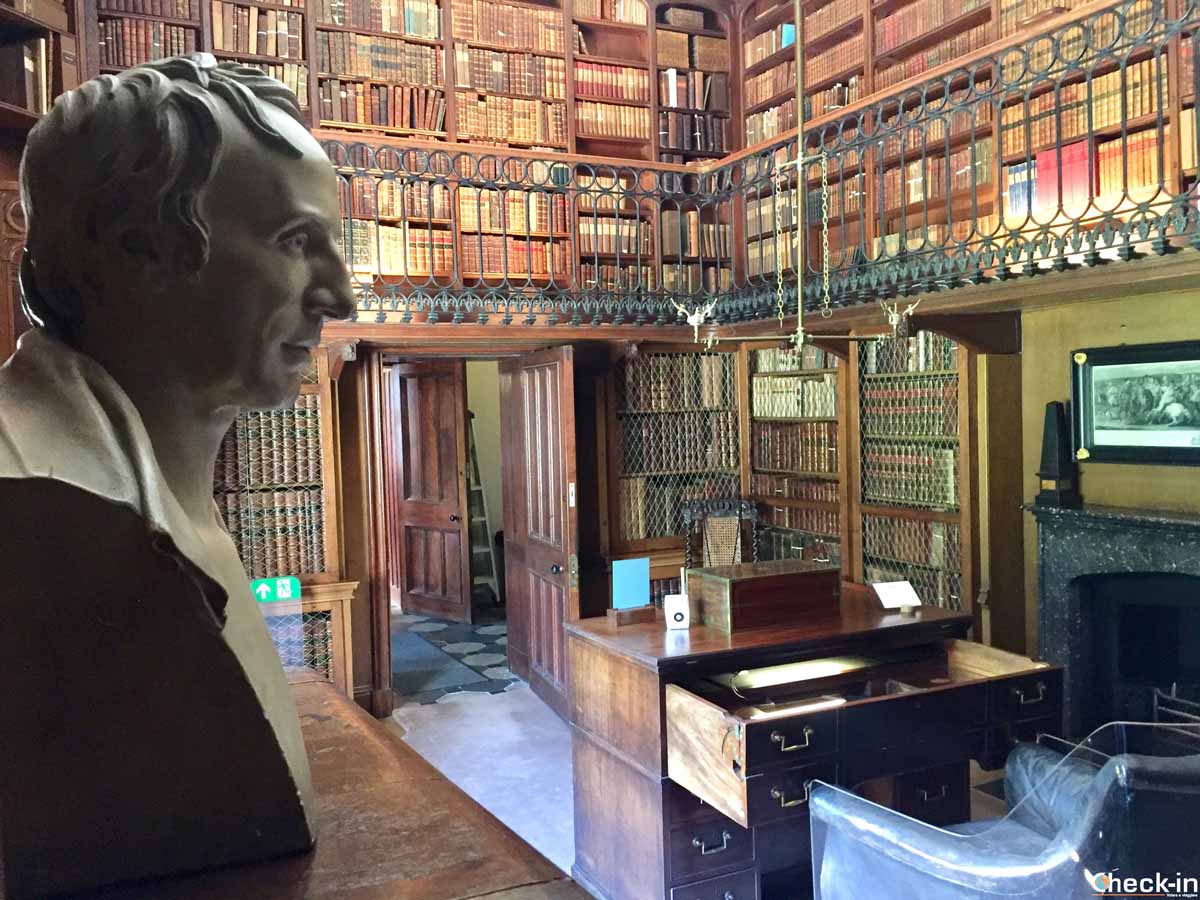
The visit at Abbotsford wouldn’t be complete without a tour of its gardens, the result of Scott’s imagination and creativity. Not only a decorative elements, indeed they were thought as a “three external rooms” which give a harmonious transition between the luxury of the interiors of the house and the nature outside.
The estate and its surroundings offer different walks in the woodlands, along the River Tweed and also connecting to longer paths – such as the Borders Abbey Way – that cross the region and towns like Melrose or Galashiels.
For more information about opening times, prices and the visit I recommend you Abbotsford House official website.
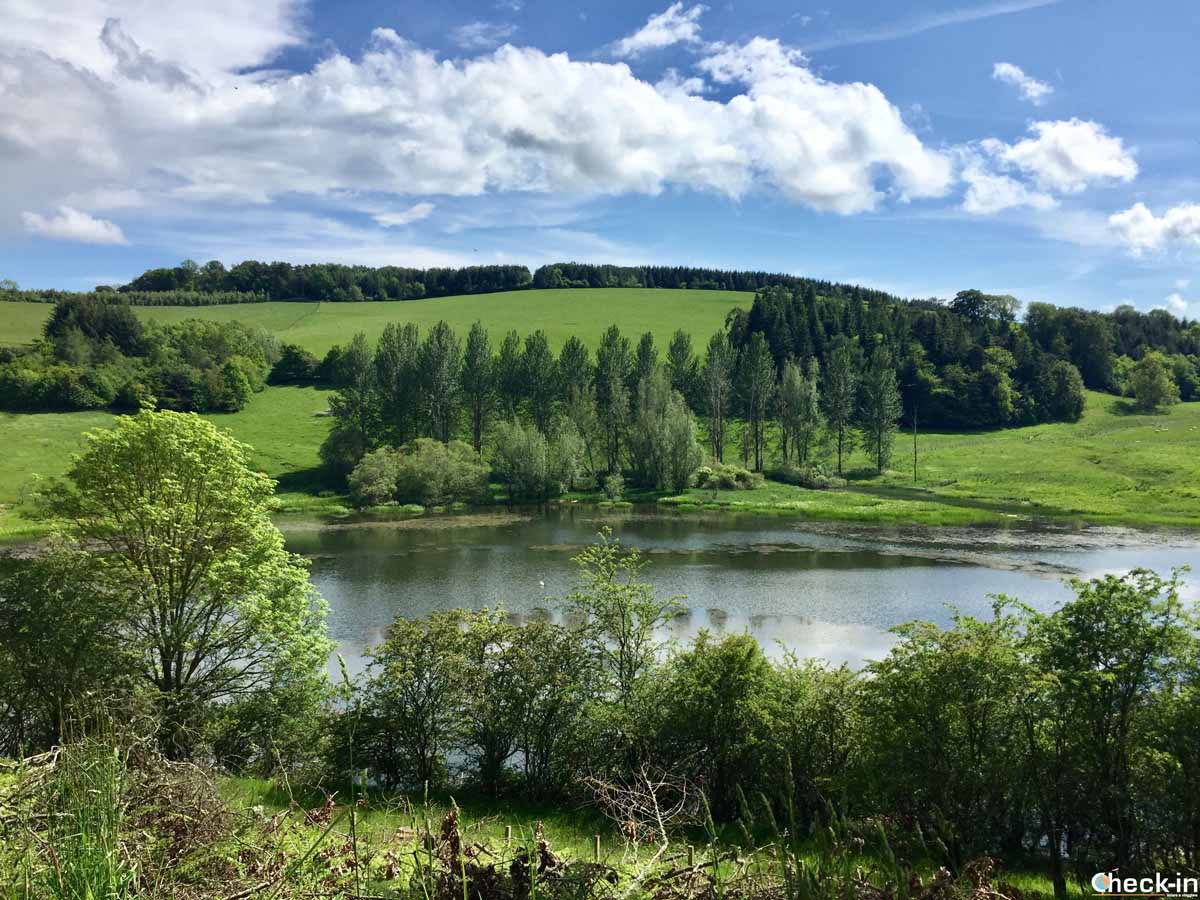
5 places to see in the Scottish Borders – 2. Melrose
This town is one of the most popular destinations for a day trip in the Borders from Edinburgh. Indeed, Melrose Abbey is the best preserved and known abbey among the ones that were built in the 12th Century. It was founded in 1136 on request of King David I of Scotland but in the Middle Age – especially during the ‘300 – it suffered several attacks by the English. It was used as an abbey until the Protestant Reformation of 1560. Although much of the structure is now in ruins, it’s still possible to appreciate the architecture of the church as well as the charming sculptures including the iconic bagpipe-playing pig.
Melrose Abbey is also known for being the burial site of King Robert The Bruce’s heart, located inside the chapter house. The rest of his body is interred in Dunfermline Abbey (Fife).
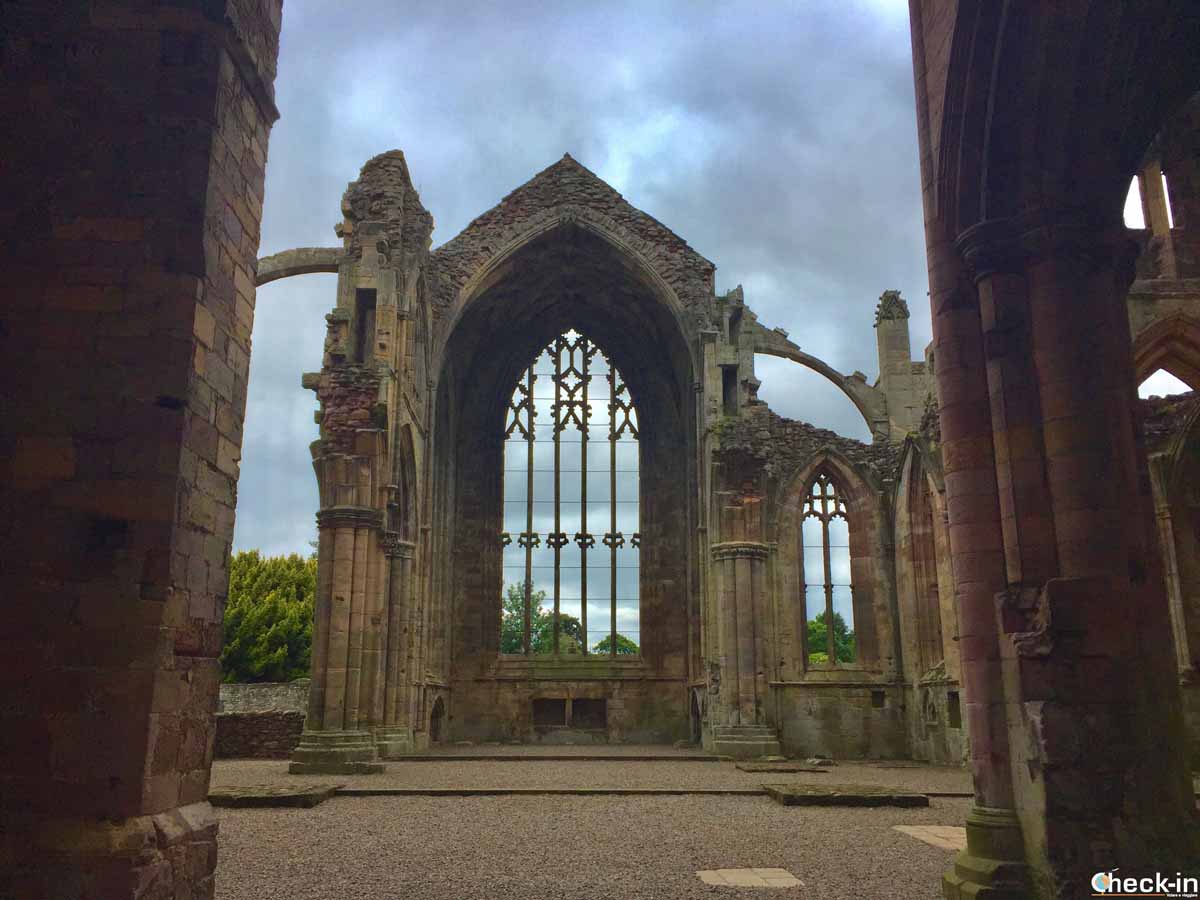
Apart from the abbey, in Melrose there’re other things to do and see. The rustic walled Priorwood Garden is situated just few steps away from the ruins and today it boasts a beautiful orchard with over 90 kinds of apple together with other herbs and plants. Then, Harmony Garden is the perfect place where to go to relax surrounded by manicured lawns, scented borders and plants that spread out around a Georgian manor house. In addition to that, every year in June Harmony Garden hosts the Borders Book Festival. Not far from here, you can walk along the banks of River Tweed following a 5 Km circular route. The full itinerary is available at this page.
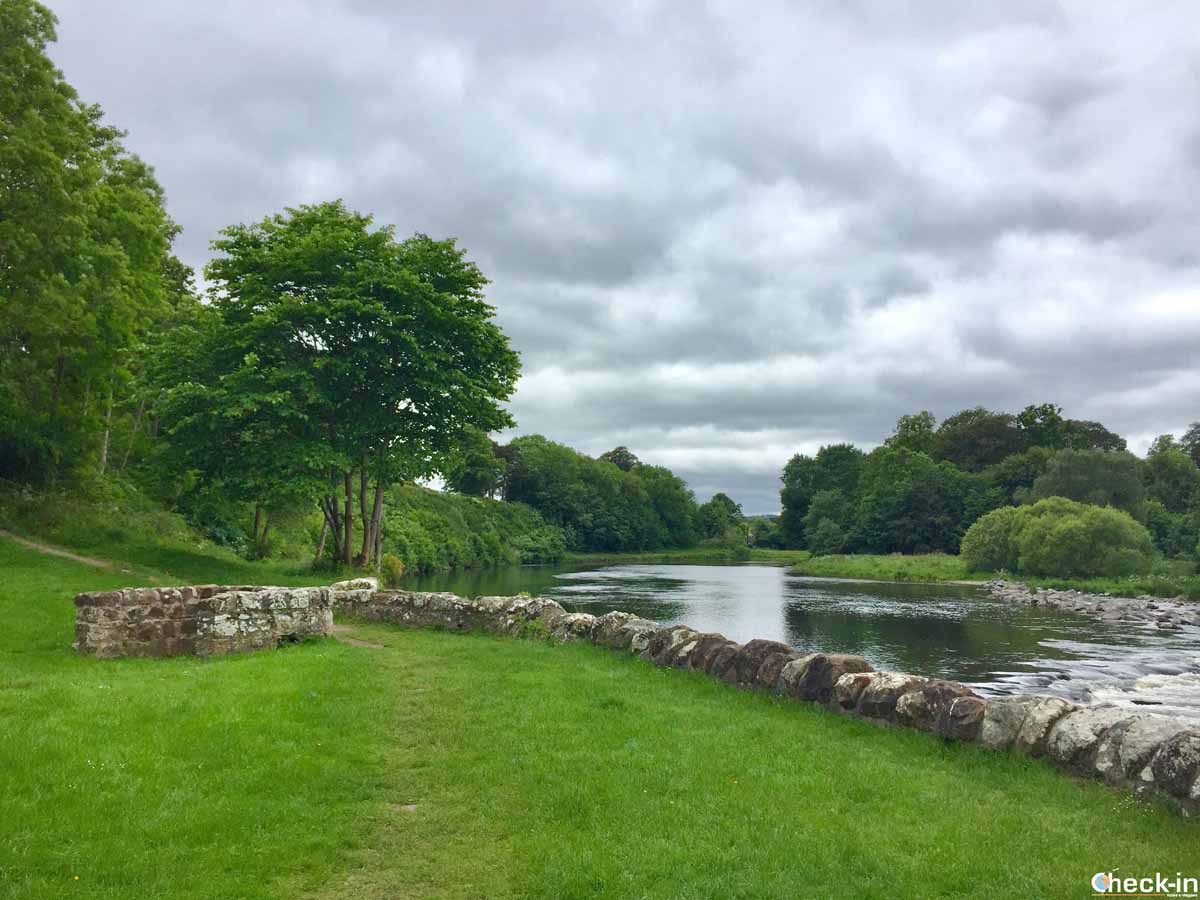
5 places to see in the Scottish Borders – 3. Dryburgh
A few miles away from Melrose and near the village of St Boswells, Dryburgh Abbey is located amidst a woodland along the River Tweed. This position makes the place so special and it’s easy to understand why the medieval monks came here to spend their contemplative life.
If you arrive by walk from the bus stop in St Boswells, immediately after crossing the suspension bridge there’s a hill on the left side. On the top of it, the neoclassical Temple of the Muses was erected in 1817 to commemorate James Thomson, a poet born in the near town of Kelso in 1700. Famous for being the author of “The Seasons” and the lyrics of “Rule Britannia”, his name appears in the Scott Monument in Edinburgh together with other Scottish poets and playwrights.
Before reaching the abbey, walk along the main road up to the historic Bemersyde House. The William Wallace Statue stands in its grounds overlooking the River Tweed. It was built in 1814 so Dryburgh became the first town to have a monument in honour of the Scottish hero. The statue is 9 m high and it was made of red sandstone. According to a local story, Walter Scott didn’t like it, honestly I agree with him…
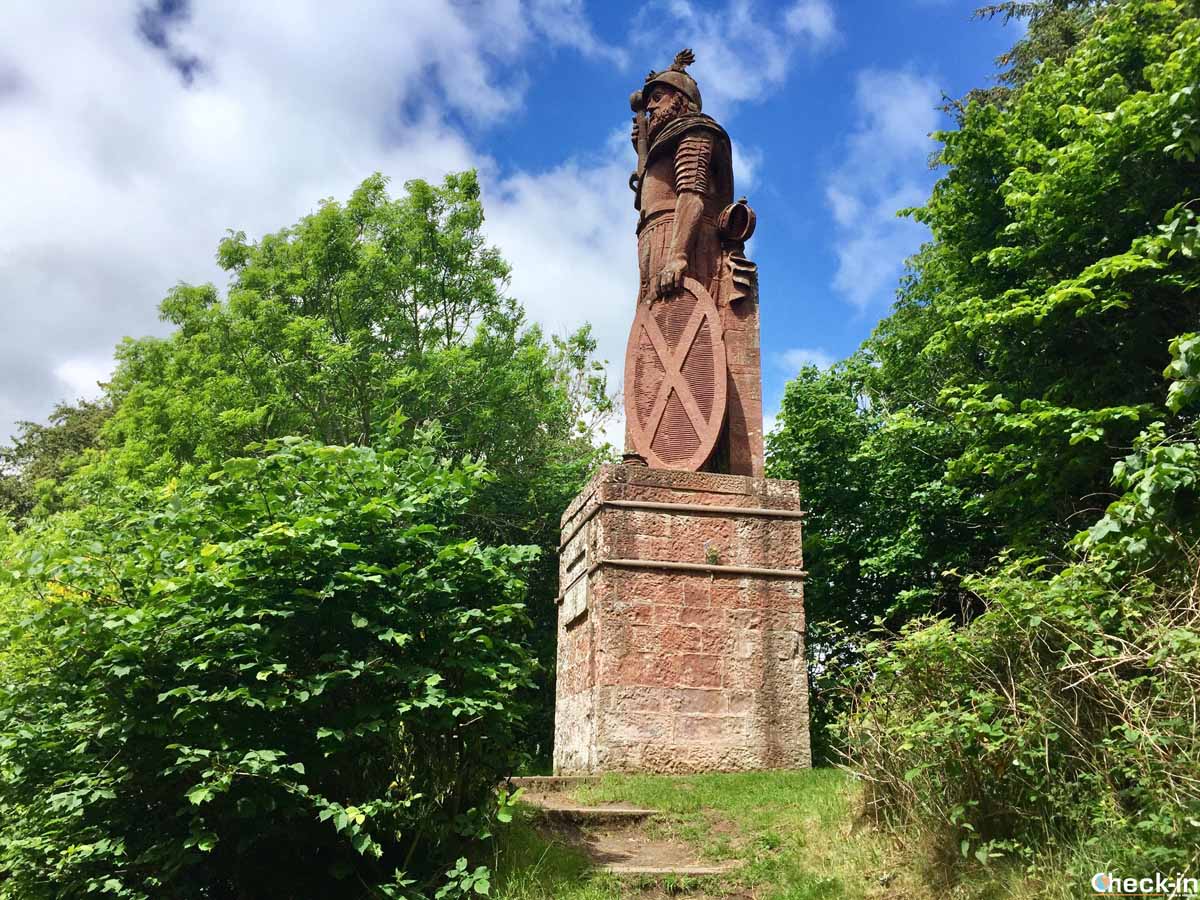
Dryburgh Abbey was founded in 1150 by Premonstratensian canons that previously were located in Alnwick, in Northumberland (Northern England). The village in the Borders so became the premier house of the French order established in 1121 at Prémontré.
Though Dryburgh never was important and wealthy as the abbeys in Kelso, Jedburg and Melrose, it was attacked four times by the English and monastic life ended after the Protestant Reformation in 1560.
When Sir Walter Scott died in 1832, he was buried here and it’s possible to see its tomb in the north transept.
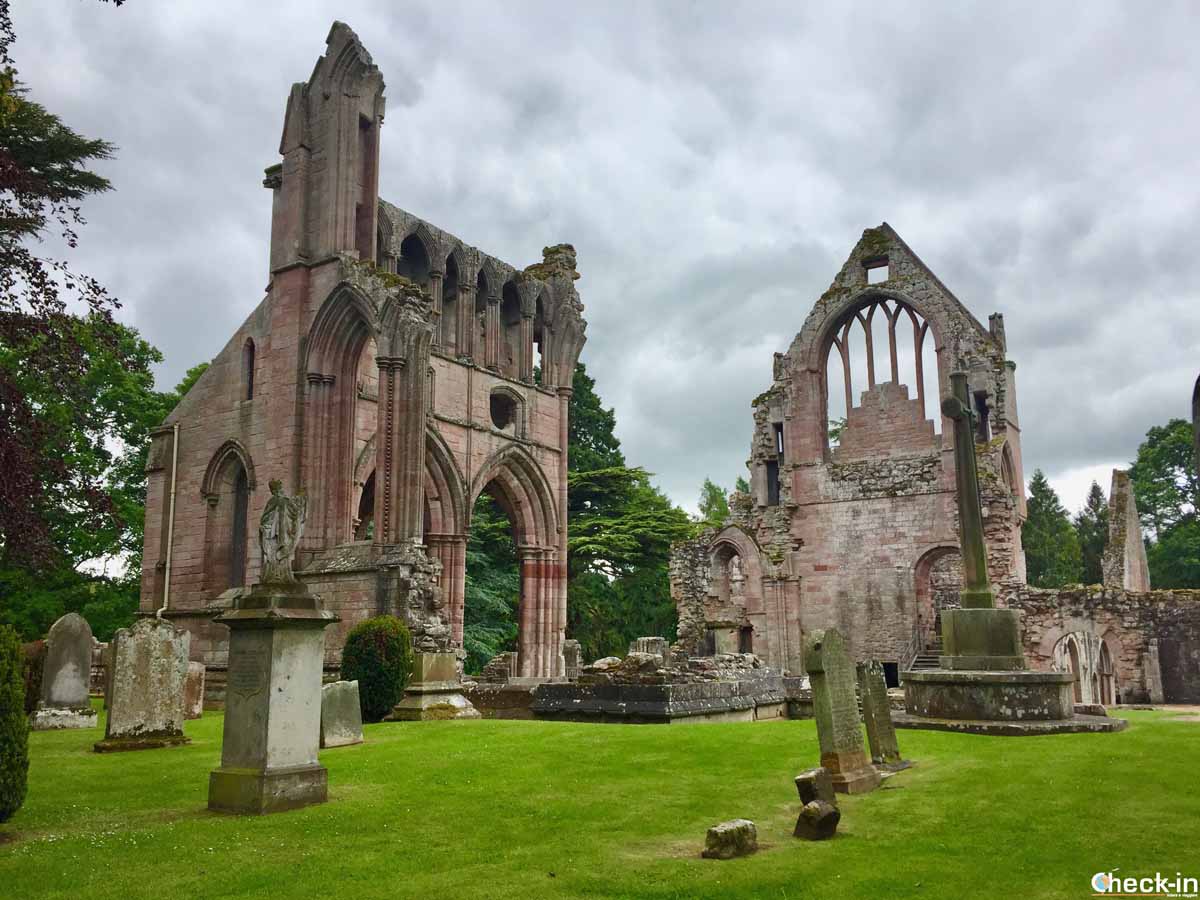
5 places to see in the Scottish Borders – 4. Jedburgh
If you get to Jedburgh by bus, the abbey is immediately visible in front of you. The Augustinian monks established here in 1138, when King David I founded the priory that then was raised to abbey in 1154. The aim of the monarch was to show its local power and authority and the result is that it took more than 70 years to complete the building. This explains the mixture of architectural styles, from Romanesque to Gothic, and why the abbey still impresses today, “just” 900 years later, despite weather and English attacks. As the other abbeys, even this one was involved in the Wars of Independence (1296-1356) and in other battles in the following centuries.
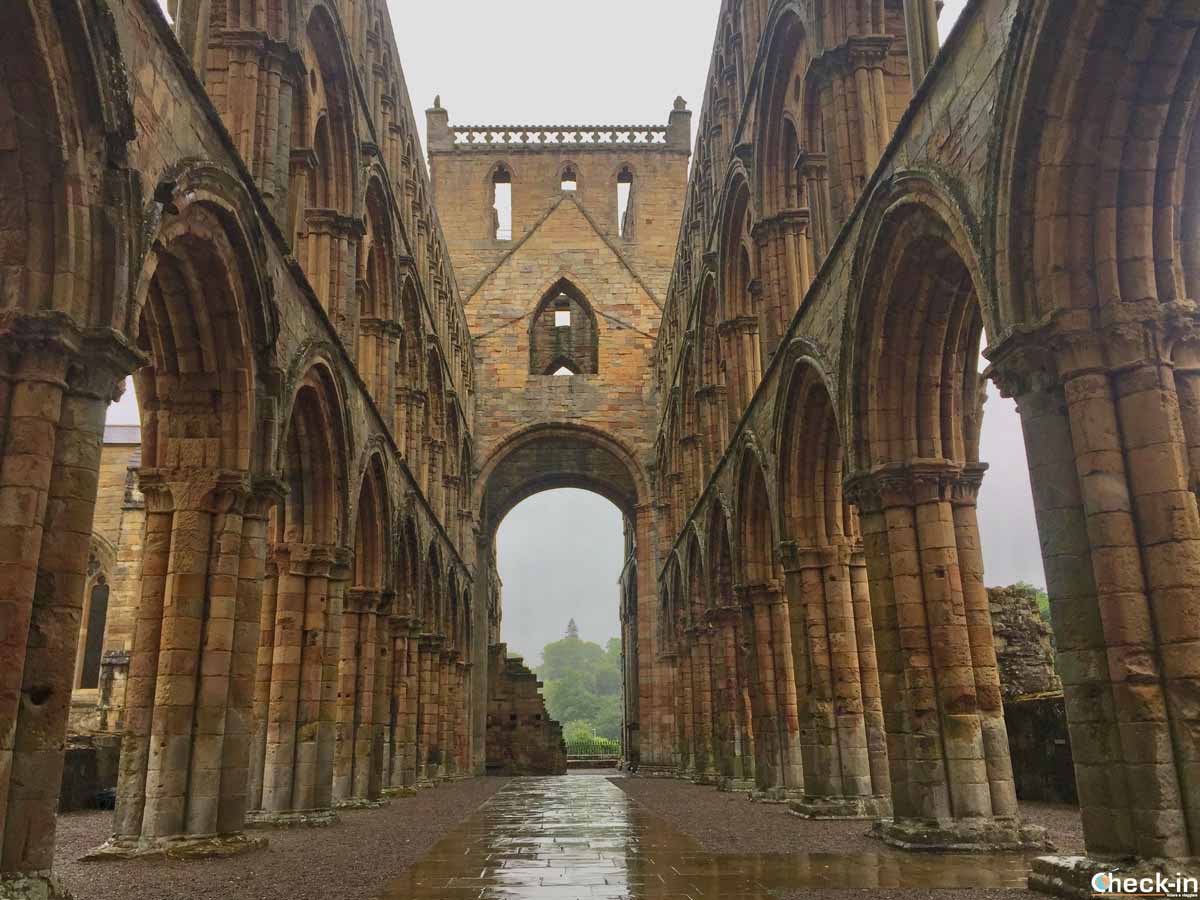
However, unlike the other monks, Augustinians were definitely more involved in society and they contributed to royal governance as well. For this reason their abbeys in Edinburgh and Stirling – Holyrood and Cambuskenneth – were erected next to royal power centres like Edinburgh and Stirling castles.
Tip to save money: The abbeys in Melrose, Dryburgh and Jedburgh are all property of Historic Scotland. They’re open throughout the year and entrance is free for Historic Scotland Explorer Pass holders.
While exploring Jedburgh town centre, you may spot a 16th Century tower house set in a colourful garden. Today it hosts the Mary Queen of Scots’ Visitor Centre, a museum which was opened in 1987 on the 400th anniversary of her death. It’s believed that Mary stayed here in 1566, in a chamber on the second floor to recover from a serious disease. The house displays a lot of items such as jewellery, paintings, documents and belogings of Mary and visitors can learn more about her life and legacy:
“In my end is my beginning”

5 places to see in the Scottish Borders – 5. Traquair House
Located in the village of Innerleithen, approximately 7 miles southeast of Peebles, Traquair House is Scotland’s oldest inhabited house.
This fortified mansion has over 900 of history and it has always been related to the Kings and Queens of Scotland. Indeed, 27 Scottish monarchs visited it and the place had also close associations with Mary Queen of Scots and the Jacobites. The family remained loyal to the Stuarts and supported their cause. Bonnie Prince Charlie came here during his march to London in 1745 and the 5th Earl of Traquair decided to close the gates at the main entrance after his visit. He swore they’d remained shut until a Stuart monarch was on the throne. Today, the access to Traquair House is still through the secondary road which runs alongside the gates.
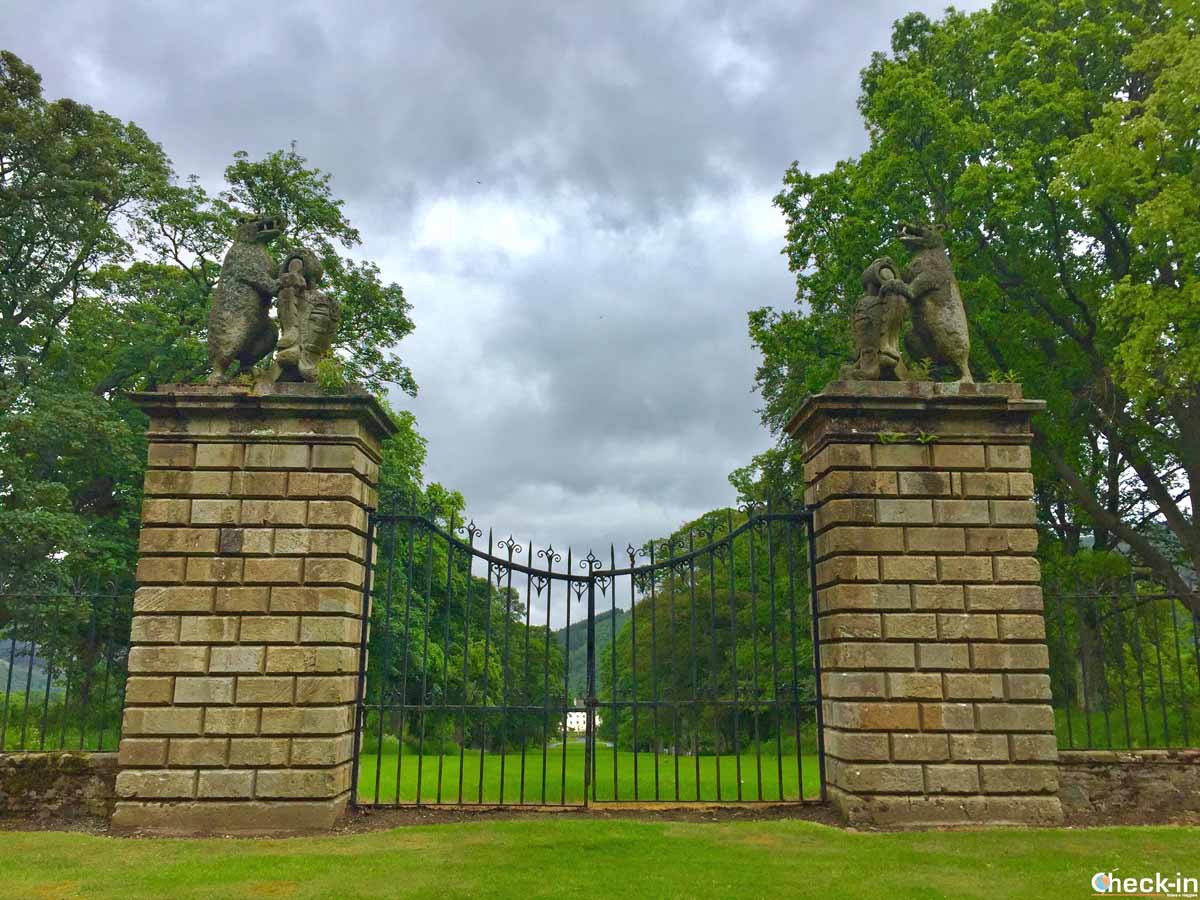
The family Maxwell Stuart opened the house to the public in 1958 and it regularly hosts weddings and other events all year round. Besides that, visitors can also stay overnight in the three rooms on B&B basis.
One of them, the Pink Room, is a suite on the first floor and it used to be the Lord Traquair’s room. The others two – the Blue and White – are located in the late 17th century wing of the house, near the Lower Drawing Room, available for guests after closing time.
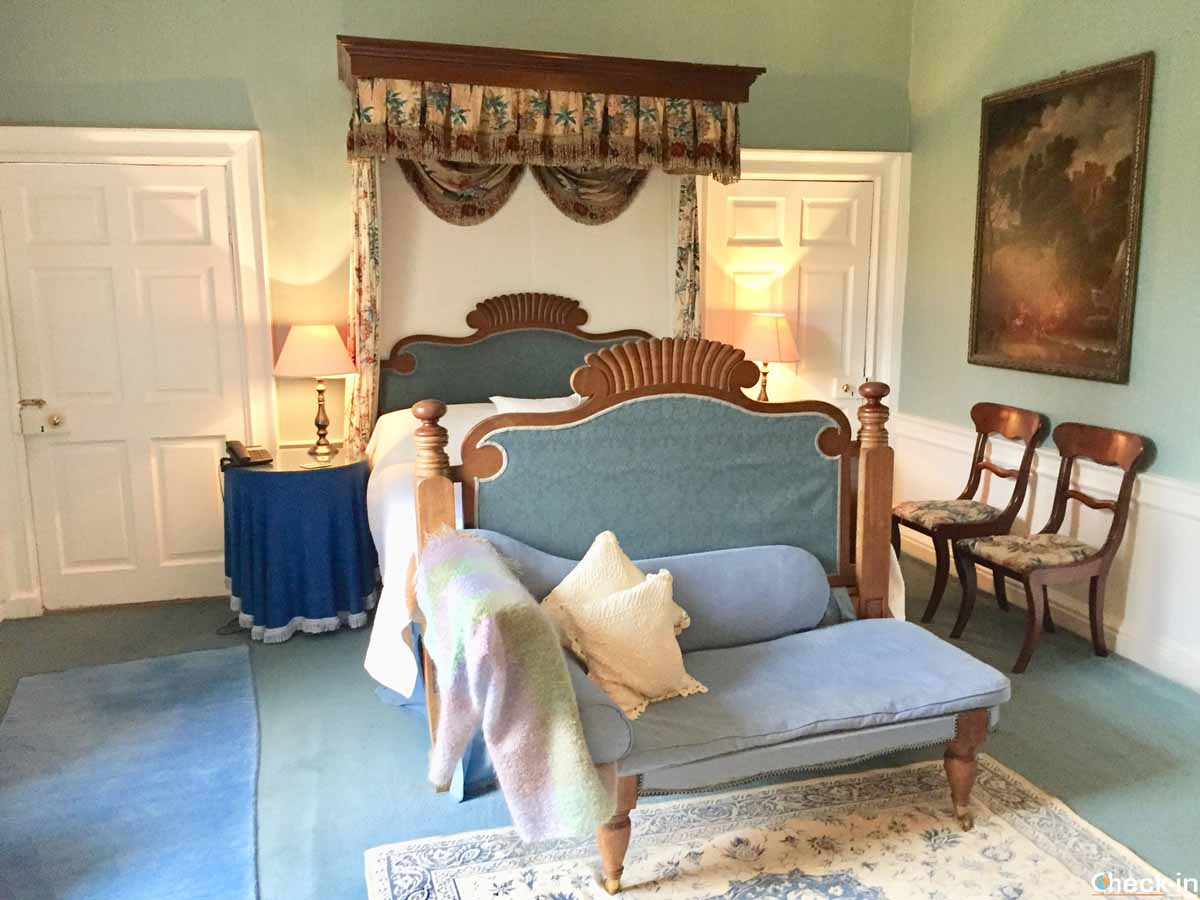
The tour inside the house includes 19 rooms with memorabilia, relics and letters from former times. It’s also possible to see the bed where Mary Queen of Scots slept as well as the original stair that was also used as a secrete escape for Catholic priests or Jacobite refugees.
The two wings of the house were added in 1694 and welcome the Dining Room, the Lower Drawing Room and the Chapel. This was created in 1829, after the Catholic Emancipation Act was passed. At that time it was the only place for worship for Catholics in the whole area and they came here for marriages and christenings. Mass is still said here once a month in summer.

The brew house stands beneath the Chapel and it dates back to the 18th century. It was disused in the early 1800’s but luckily Peter Maxwell Stuart rediscovered it in the early 1960’s. So he began brewing again with all the original equipment and first export orders were received in the 1980’s. It’s possible to visit it and sample the ales – the Jacobite Ale was definitely my favourite! – in the Brewery Shop in the courtyard.
The grounds and woodlands around Traquair House are the perfect place where to relax or have a walk while children can complete the wonderful maze situated at the back of the house.
How to get around in the Scottish Borders without renting a car
All the places mentioned before are easily reachable by public transport. Borders Buses is the local company that connects the Borders with Edinburgh and Northern England. The service you might use are:
- X95, from Carlisle to Galashiels;
- X62, from Edinburgh to Melrose via Innerleithen, Galashiels and Tweedbank (train station for Borders Railway connection to/from Edinburgh);
- 68, from Galashiels to Jedburgh via Melrose and Agricultural College (the nearest stop to Dryburgh Abbey).
Fares are based on travel areas, you can pay on board by cash or credit card, otherwise you could purchase your ticket in advance on the Borders Buses app. It’s available on iOS and Android and it helps you to plan your trip or check maps and timetables.



